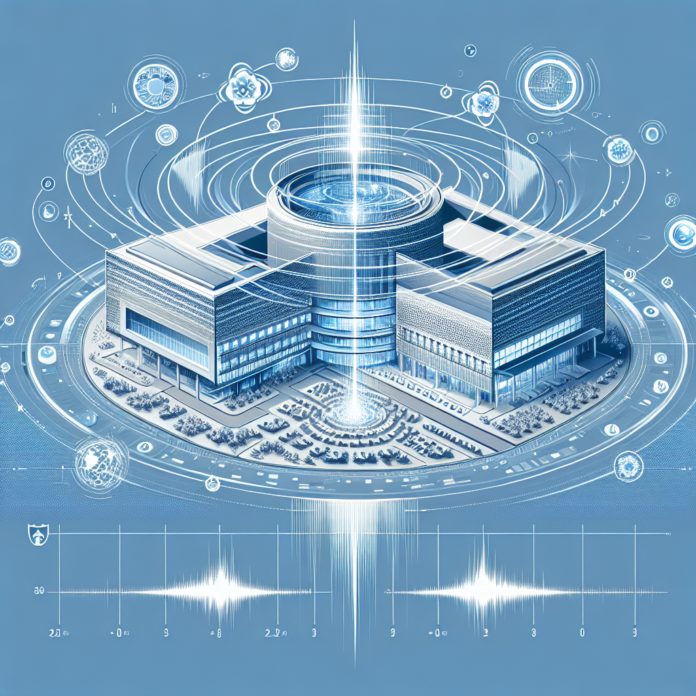Earthquake Engineering Utilizes New Massive Data Sharing Network from DOE’s National Labs
University of Nevada, Reno
Earthquake Engineering Advances with New Massive Data Sharing Network from DOE’s National Labs
The University of Nevada, Reno, is pioneering advancements in earthquake engineering by utilizing an innovative, large-scale data sharing network developed by the Department of Energy’s (DOE) national laboratories. This groundbreaking initiative aims to enhance the understanding and prediction of seismic events, ultimately improving the resilience of infrastructure and communities against earthquakes.
Revolutionizing Earthquake Research
The new data sharing network is a significant leap forward in earthquake research. By providing unprecedented access to vast amounts of seismic data, researchers can now perform more comprehensive analyses and simulations. This collaborative platform integrates data from various sources, including real-time seismic monitoring systems, historical earthquake records, and advanced computer models.
Collaboration Across Institutions
This initiative exemplifies the power of collaboration between academic institutions and government agencies. The University of Nevada, Reno, along with other leading universities and research centers, can now tap into the resources and expertise of the DOE’s national labs. This partnership fosters a multidisciplinary approach, combining insights from geophysics, civil engineering, data science, and more.
Enhanced Predictive Models
With access to this extensive data repository, researchers are developing more accurate predictive models for earthquake behavior. These models are crucial for understanding the complex dynamics of seismic activity and for forecasting potential future events. Improved predictions can lead to better preparedness and more effective mitigation strategies.
Impact on Infrastructure and Public Safety
The ultimate goal of this initiative is to protect lives and property by making infrastructure more resilient to earthquakes. By leveraging the new data sharing network, engineers can design and retrofit buildings, bridges, and other critical infrastructure to withstand seismic forces more effectively. This proactive approach not only saves lives but also reduces economic losses and recovery times following an earthquake.
Future Directions
The potential applications of this data sharing network extend beyond earthquake engineering. Similar methodologies could be employed to address other natural disasters, such as hurricanes, tsunamis, and wildfires. By fostering a culture of data sharing and collaboration, the scientific community can tackle a wide range of challenges more efficiently.
In conclusion, the University of Nevada, Reno’s use of the DOE’s national labs’ data sharing network marks a transformative step in earthquake engineering. This collaborative effort promises to yield significant advancements in our understanding and mitigation of seismic risks, ultimately contributing to safer and more resilient communities worldwide.


